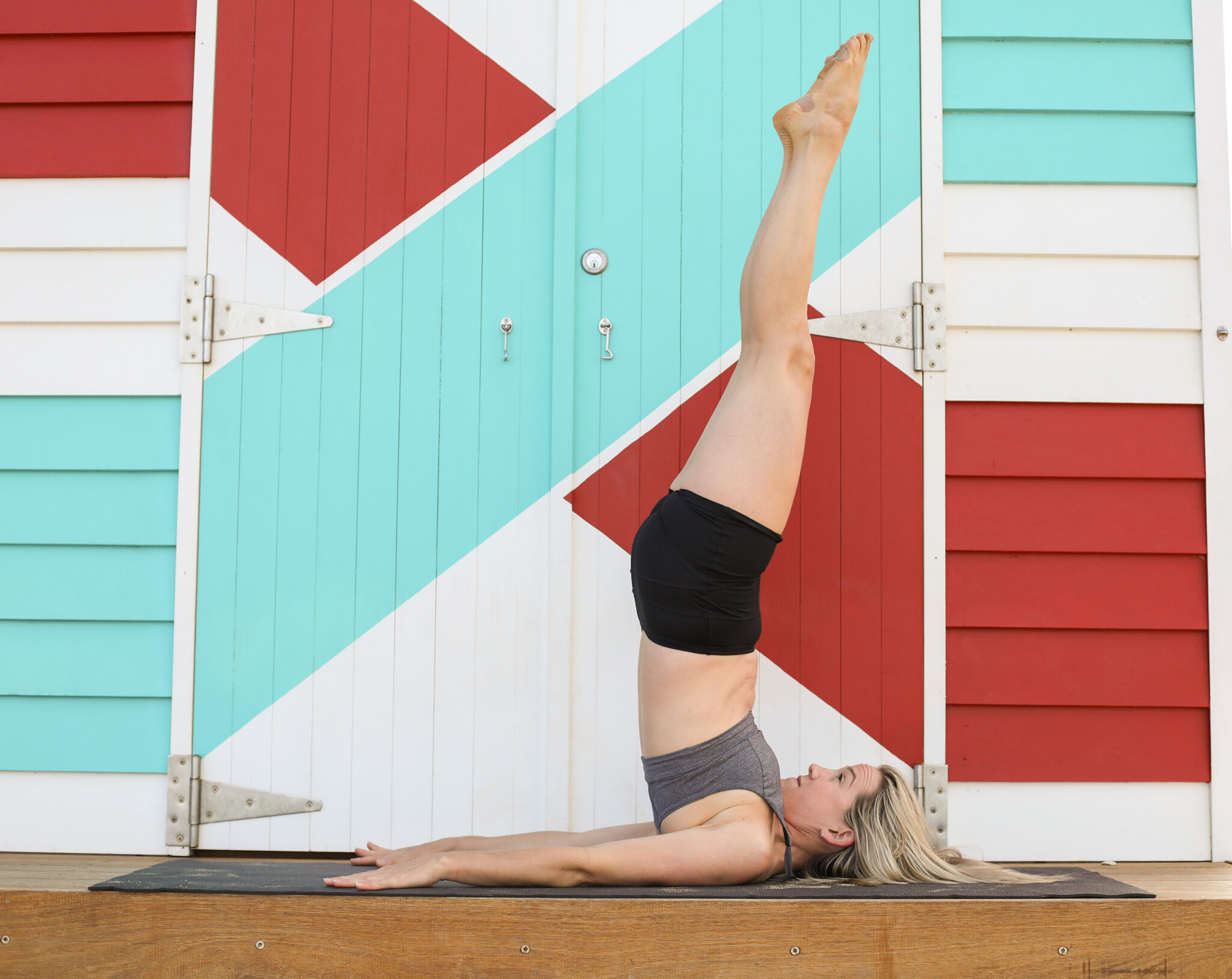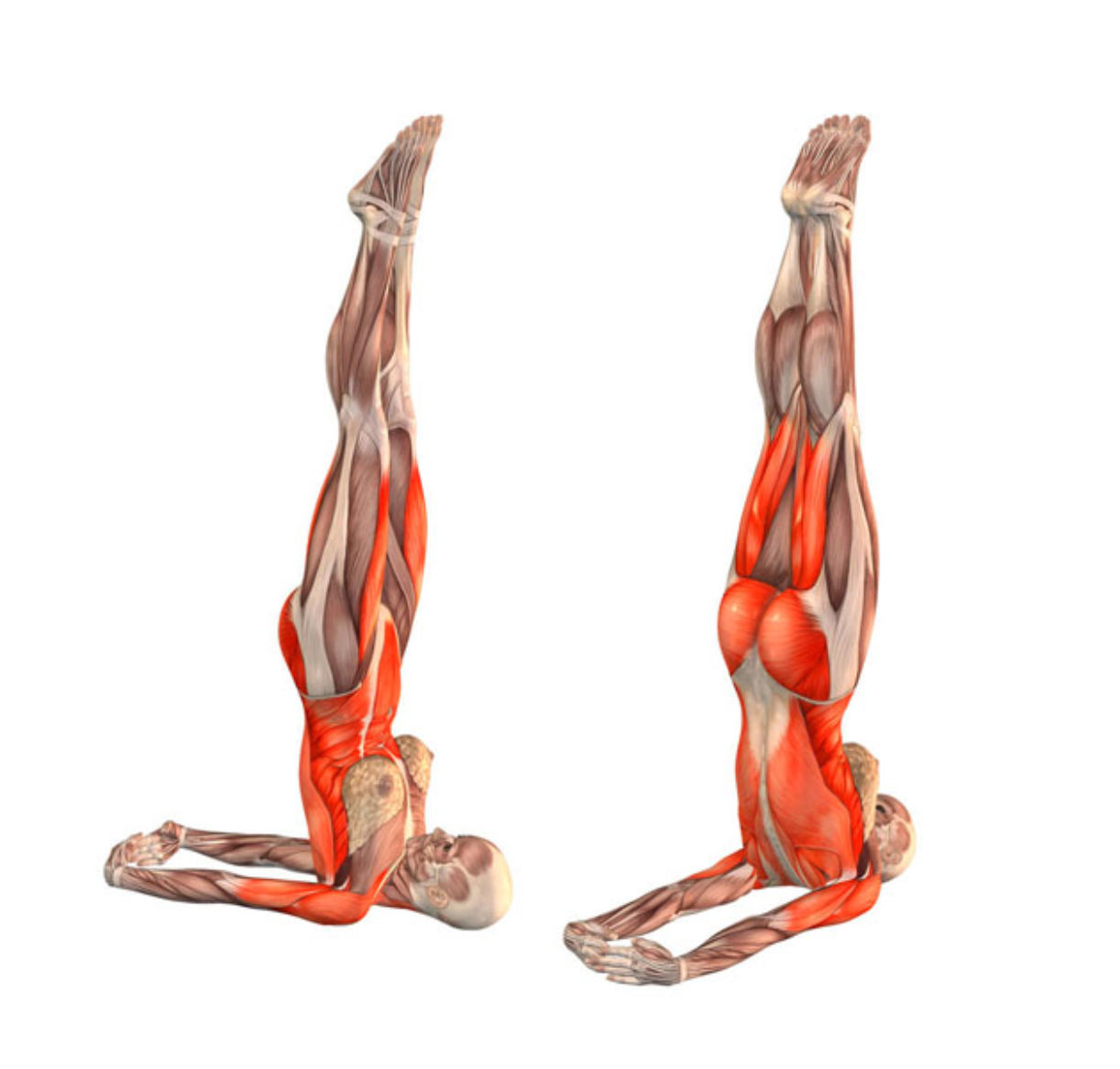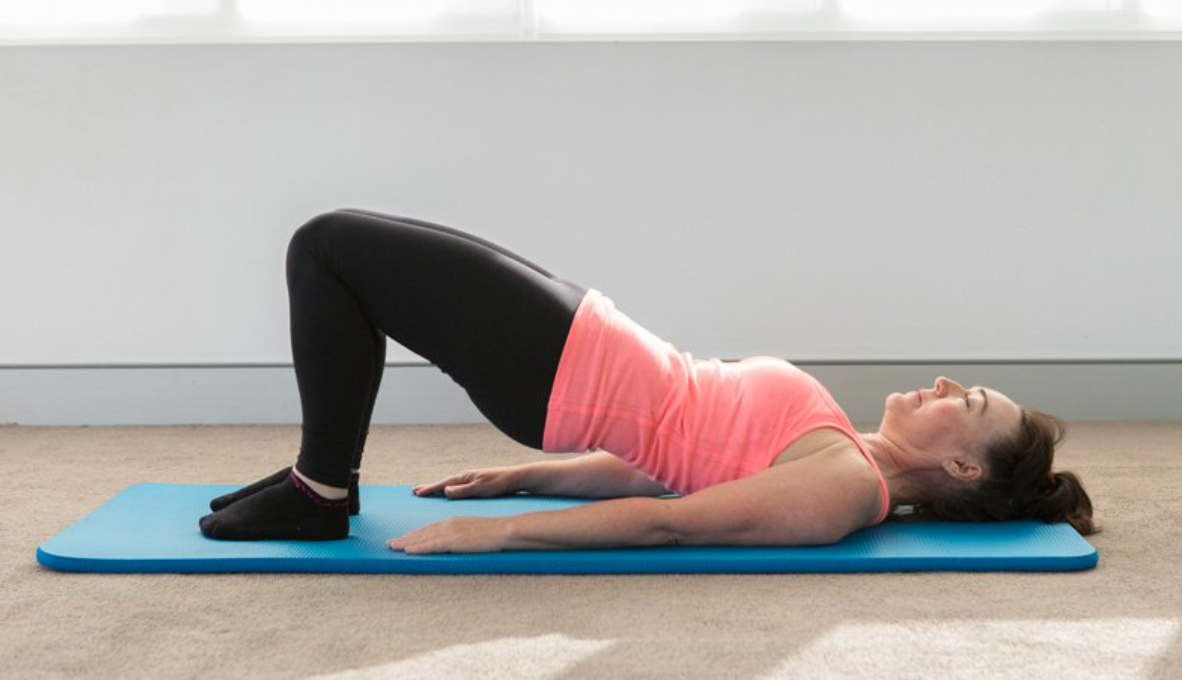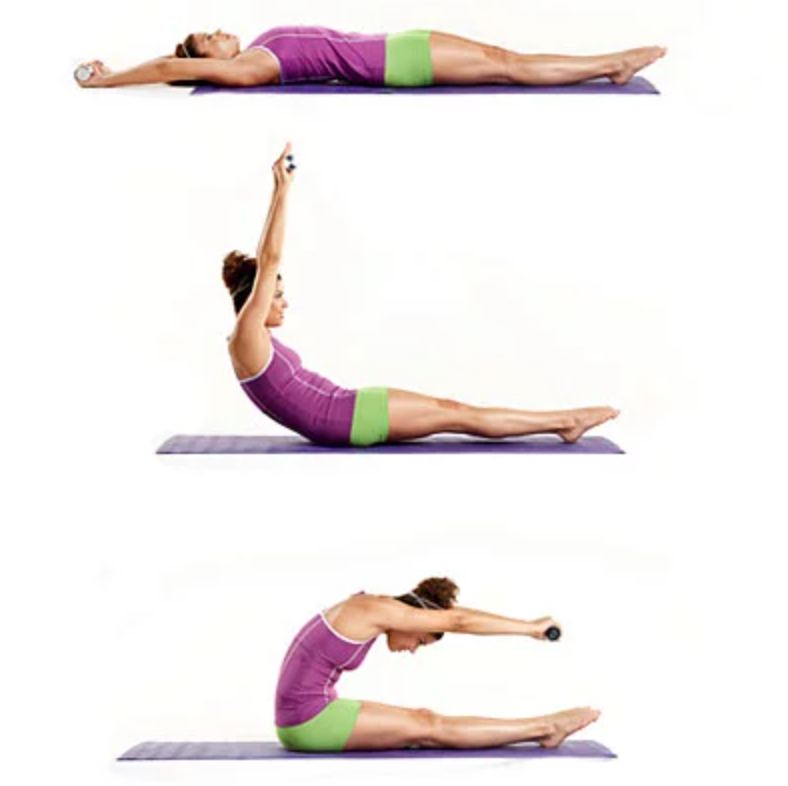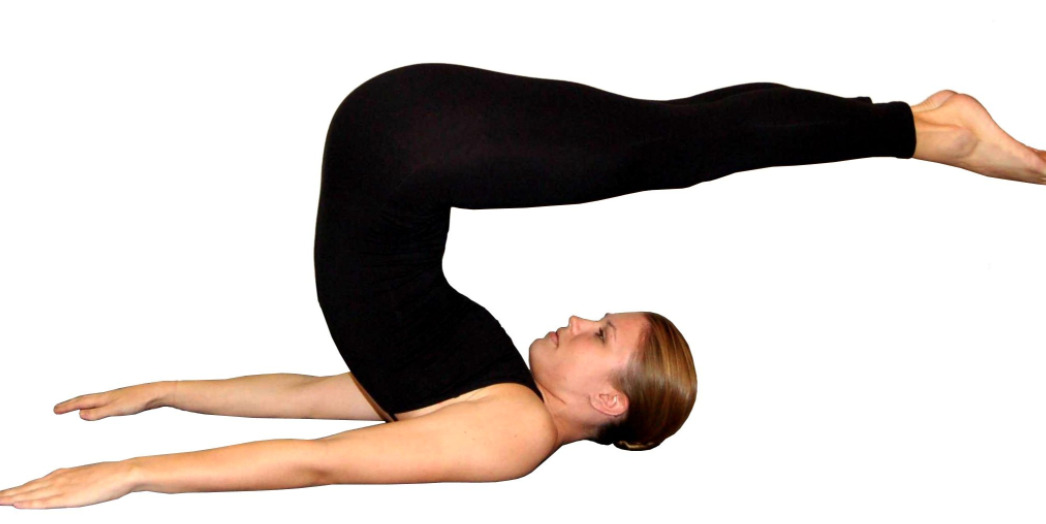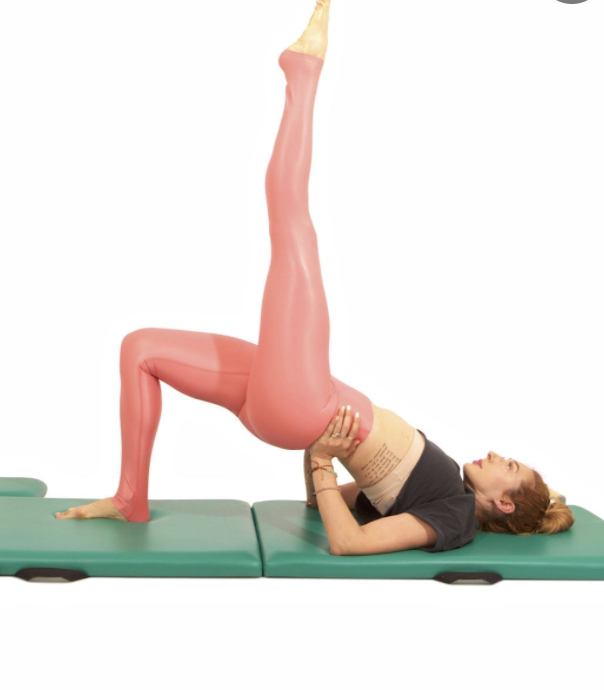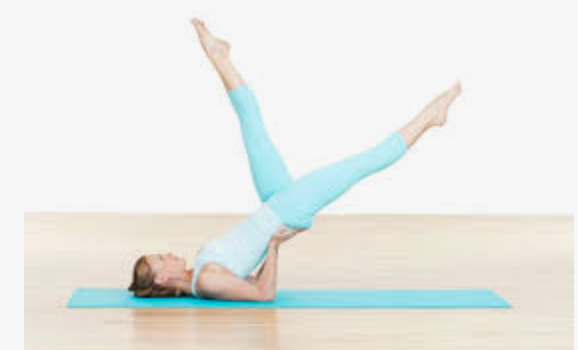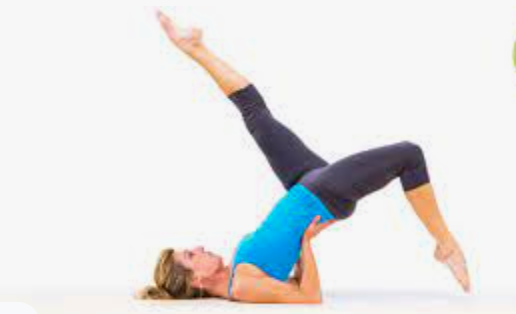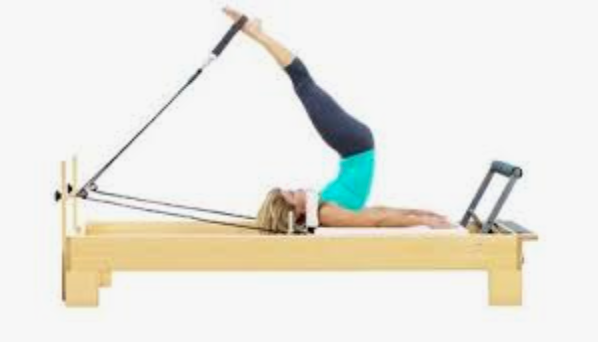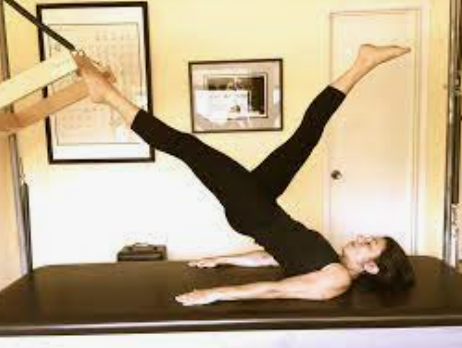Isn’t it weird how after 250 something days in lockdown, all our ‘new’ routines that were just a temporary fix used to try and keep us sane, have now started to become a way of life?
We get used to being in a lockdown. I’m not saying it’s easy or ideal, but we get used to slower mornings, not rushing off for school and work figuring out ways to fit exercise in mid morning or mid afternoon not just on our lunch breaks or after the kids go to bed. I’m much more successful at multi-tasking the dinner prep around homeschooling and virtual meetings. Even online shopping feels somewhat fun and a hell of a lot easier then driving to the shops, dealing with shop attendants, traipsing around the whole shopping centre, and then driving back home again.
Since Melbournians have been in and out of lockdowns a few times over the last 20 months, I would say the hardest part is probably the re-adjusting to ‘normal’ life.
School goes back, so there’s lunch to make first thing in the morning. Work goes back, so you actually have to put in half an effort to get dressed before you walk out the door. Restaurants reopen, so no longer can you stroll up the main street in your tracksuit and Uggs for a meal you don’t have to cook. Everybody wants to catch up—even your husband’s, cousin’s friend that you met once at a wedding— wants to get the ‘gang’ back together, so weekends get busy. Add in the kids' sports, postponed lunches, dinners, afternoon teas for birthdays, engagements, anniversary celebrations and phew, just the thought of all that socialness is a lot for what has been a pretty quiet 4 months (and longer). Don’t get me wrong, I can’t wait to see my loved ones and integrate back into society, but our nervous system has been ticking along at a Sunday pace for months and pretty soon, it’ll be bombarded with places to be, people to see, appointments to keep, and life goes on full steam ahead.
But if there is anything I have learnt about managing stress and busy-ness and overwhelm, it’s that we need to pre plan the things for ourselves that help deal with these external stressors.
In other words, make sure our self-care is prioritised not just in a lockdown, but as we come out of it and on the other side. We need to be organised and we need to give ourselves the kindness we would give our closest friend when things don’t go to plan. Go easy on yourself when the country reopens, make exercise and movement a priority and maybe, for a while, you only make one plan for social outings in the first few weeks out of lockdown. Gradually get your body and mind integrating back into society.
There has long been a useful strategy described when it comes to prioritising. I remember hearing it at university, but most recently through a business mentor. It’s the Rock, Pebbles, Sand analogy. Its basic premise is to imagine that your life is a jar. so much fits in a jar. The rocks are the most important things to you and your wellbeing, the non- negotiables. The pebbles are important also, but there’s some flexibility with where and how they go into the jar, then there’s the sand, the things that are nice to have, but maybe not so important and can slide on in anywhere in the gaps. If you put the sand in first, you’ll never get all your pebbles, let alone rocks in the jar, it’ll be full too soon with sand. Here’s a nifty little video demonstration of this.
So we know it’s good for us to move our bodies. But what holds us back from a consistent movement routine? If it’s feeling time poor, not organised enough or feeling sub par at prioritising, then try reframing it from a Rocks, Pebbles, Sand mindset and make it a priority, make it a Rock.
I often hear ‘I don’t have time’. Well, I call BS on that. If you MAKE it a priority, you will make the time.
Here are 4 tips I use to make my Pilates exercise a Rock priority:
Schedule a private session.
Firstly, targeted movements purely for you and your body’s needs are heaven, and you will quickly feel and see the benefits and won’t want to give that up. Plus, the cost of a private means you don’t want to not show up and throw that money away.
2. Schedule all the classes you want to do the week before.
Set reminders in your phone and your calendar, leave exercise clothes out the night before, and figure out how you will actually get to the class, eg, if it’s through Zoom, download the software before class and not 1 minute beforehand.
3. Be Realistic - and don’t be afraid to talk to your Pilates teacher!
Only got 30 minutes free? Then don’t sign up for a 1 hour class. Did you know some of my clients have specifically requested 45 minute or 30 minute sessions with me? All you have to do is ask your teacher (contact me here!), they might be able to accommodate.
4. Do your movement with others/friends
Firstly, it comes down to accountability, no one wants to let down a mate by cancelling at the last minute, but also, it’s pure magic for the soul to unite in a moment over a shared experience. (and for those of us not quite out of lockdown yet, even a virtual event can give you some of these good vibes, wink wink, nudge nudge #joesgymandgin anyone? )
Yes, life gets busier when lockdown ends., It can be a massive adjustment after a lengthy period at home. But being too busy, too quickly can mean feeling overwhelmed, stressed and run-down.
The key is to plan out your week with your key priorities, the non-negotiables that you know will help you manage the stress load. This weekend, think about what your Rocks, Pebbles and Sand will be. Get your movement in and keep those feel good hormones flowing.
If you know you need a teacher to guide you through a Pilates session, reach out to secure your next session with me.





